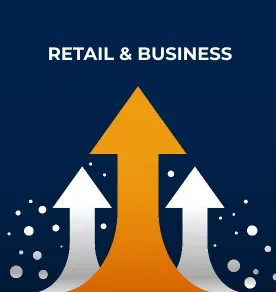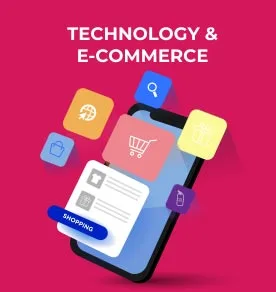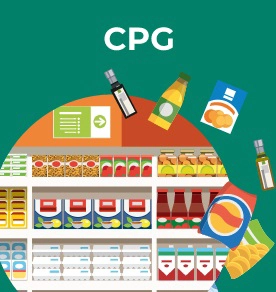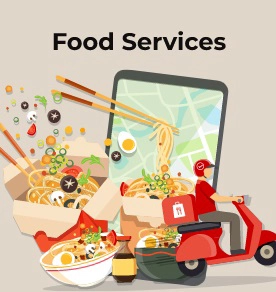Key Drivers of FMCG Growth in 2025

Many predict that the market will not only accelerate but, at the very least, sustain its current growth momentum.
By Vaishnavi Gupta, Associate Editor
May 06, 2025 / 6 MIN READ
Most industry leaders are optimistic about the FMCG sector’s trajectory in 2025. Many predict that the market will not only accelerate but, at the very least, sustain its current growth momentum. Several key factors are driving this positive outlook:
1. Expansion into Semi-Urban and Rural Markets
One of the major growth levers for FMCG brands is their increasing focus on semi-urban and rural expansion. Companies are strategically broadening their reach by venturing into smaller towns, underserved urban centers, and even international regions. These areas represent untapped potential, offering access to fresh customer segments and enabling brands to enhance their visibility and brand loyalty. Penetrating these new markets not only drives revenue growth but also strengthens market share and ensures long-term business stability.
2. Rise of Q-Commerce and E-Commerce
Quick commerce (Q-commerce) and e-commerce are significantly reshaping the FMCG landscape. The growing consumer demand for faster, more convenient deliveries has fueled the rise of platforms that can deliver products within hours, if not minutes. Q-commerce and e-commerce allow FMCG brands to meet evolving customer expectations and create seamless shopping experiences. In this ecosystem, traditional kirana stores play a crucial role by acting as local fulfillment centers, bridging the gap between online orders and last-mile delivery. Their integration into the digital supply chain ensures faster product availability and strengthens brand presence across geographies.
3. Technological Advancements in Supply Chains
Technology is revolutionizing supply chain management across the FMCG sector. Companies are increasingly adopting AI, automation, and advanced tools such as Sales Force Automation (SFA) and Distributor Management Systems (DMS) to streamline operations. These technologies enable better resource utilization, smarter inventory management, and cost-efficient route-to-market strategies. For instance, AI-powered route planning optimizes delivery schedules, minimizes costs, and enhances service speed, resulting in higher retailer and customer satisfaction. Efficient supply chains not only reduce operational costs but also provide a competitive advantage by ensuring product availability at the right place and time.
4. Product Premiumization
Another significant trend shaping the future of FMCG is product premiumization. Brands are elevating their offerings by introducing higher-end versions of existing products, targeting consumers who seek superior quality, exclusivity, and differentiated features. Whether through the use of premium ingredients, innovative packaging, or enhanced functionalities, brands are positioning themselves to attract more affluent and aspirational customers. Premiumization not only allows FMCG companies to command higher margins but also helps them differentiate in crowded markets and tap into the growing demand for luxury and lifestyle-driven products, especially in emerging economies.
Most industry leaders are optimistic about the FMCG sector’s trajectory in 2025. Many predict that the market will not only accelerate but, at the very least, sustain its current growth momentum. Several key factors are driving this positive outlook:
1. Expansion into Semi-Urban and Rural MarketsOne of the major growth levers for FMCG brands is their increasing focus on semi-urban and rural expansion. Companies are strategically broadening their reach by venturing into smaller towns, underserved urban centers, and even international regions. These areas represent untapped potential, offering access to fresh customer segments and enabling brands to enhance their visibility and brand loyalty. Penetrating these new markets not only drives revenue growth but also strengthens market share and ensures long-term business stability.
Related Stories
Once considered a quiet corner of the apparel industry, India’s innerwear market has emerged as one of its most vibrant growth engines. What was traditionally a necessity-driven category has now…
- By Vaishnavi Gupta
- |
- 8 Min Read
In a landmark move that could reshape India’s Rs 16 lakh crore dairy industry, the 56th GST Council has approved a rationalization of GST rates on milk and milk products — a decision that has already…
- By Vaishnavi Gupta
- |
- 7 Min Read
Snacking in India is getting a healthy makeover. As more people choose mindful eating and nutritious options, homegrown brands are changing the way we think about snacks. From nuts and trail mixes to…
- By Richa Fulara
- |
- 10 Min Read




